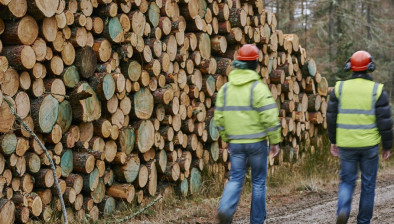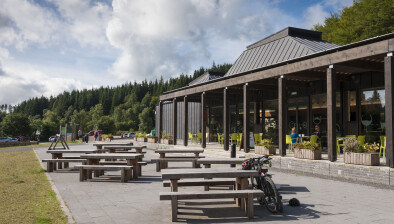And finally… dun and dusted
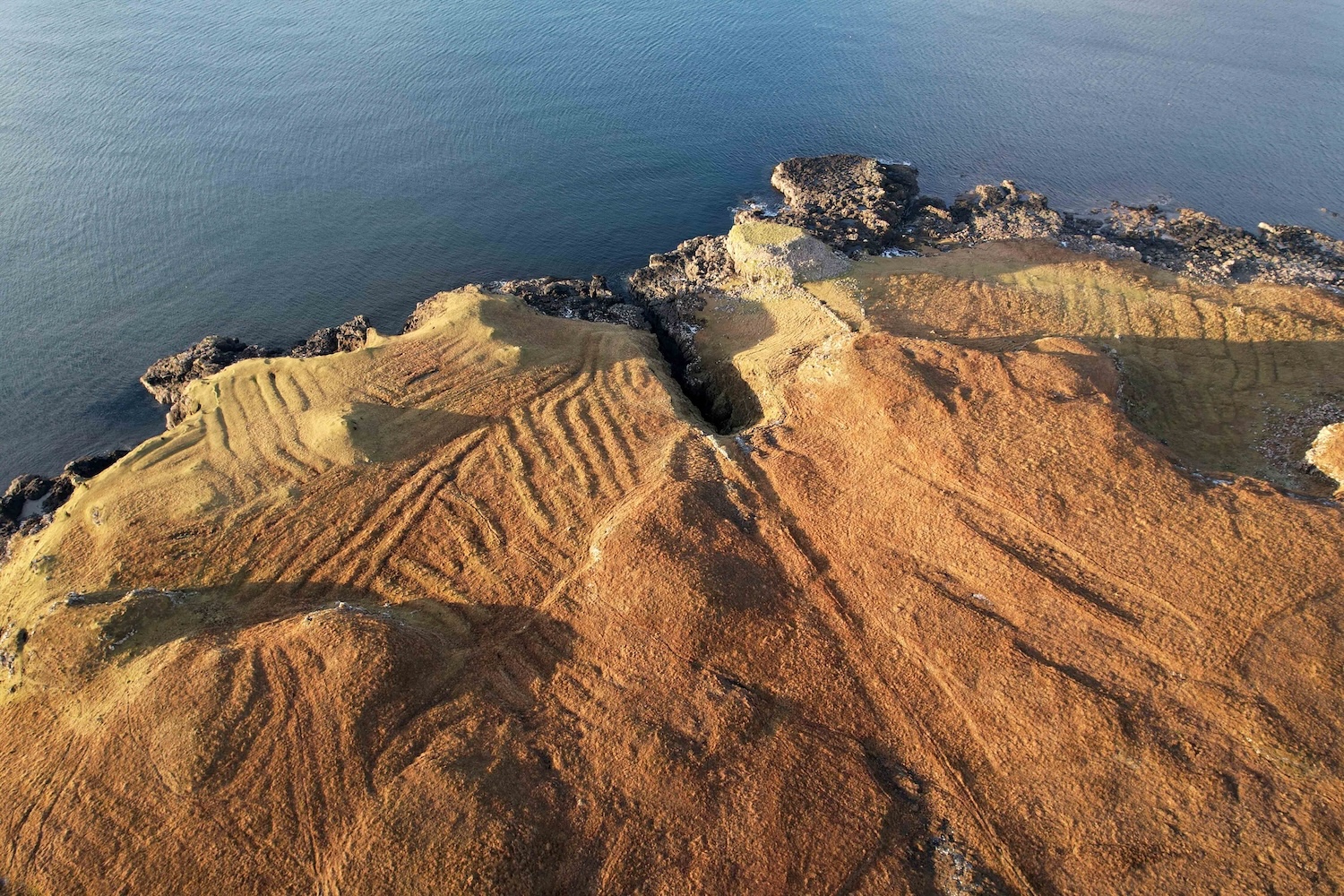
Kraiknish Dun, a spectacular ancient dun or fort, has been recognised for its cultural significance (credit: Forestry and Land Scotland)
A spectacular ancient ‘dun’ (or fort) on Scotland’s national forests and land has been recognised for its cultural significance.
Kraiknish Dun on the Isle of Skye has been designated as a scheduled monument of national importance after a recent assessment by Historic Environment Scotland (HES).
Sitting on a remote rocky coastal outcrop overlooking Loch Eynort, the unusual double-walled fort is around 2000 years old. The huge drystone walls are more than three metres thick in places.
Forestry and Land Scotland (FLS) had previously surveyed the site by terrestrial laser scanning and by aerial laser scanning (or LiDAR), and recently proposed it for designation as part of a review of the historical assets found on Scotland’s national forests and land.
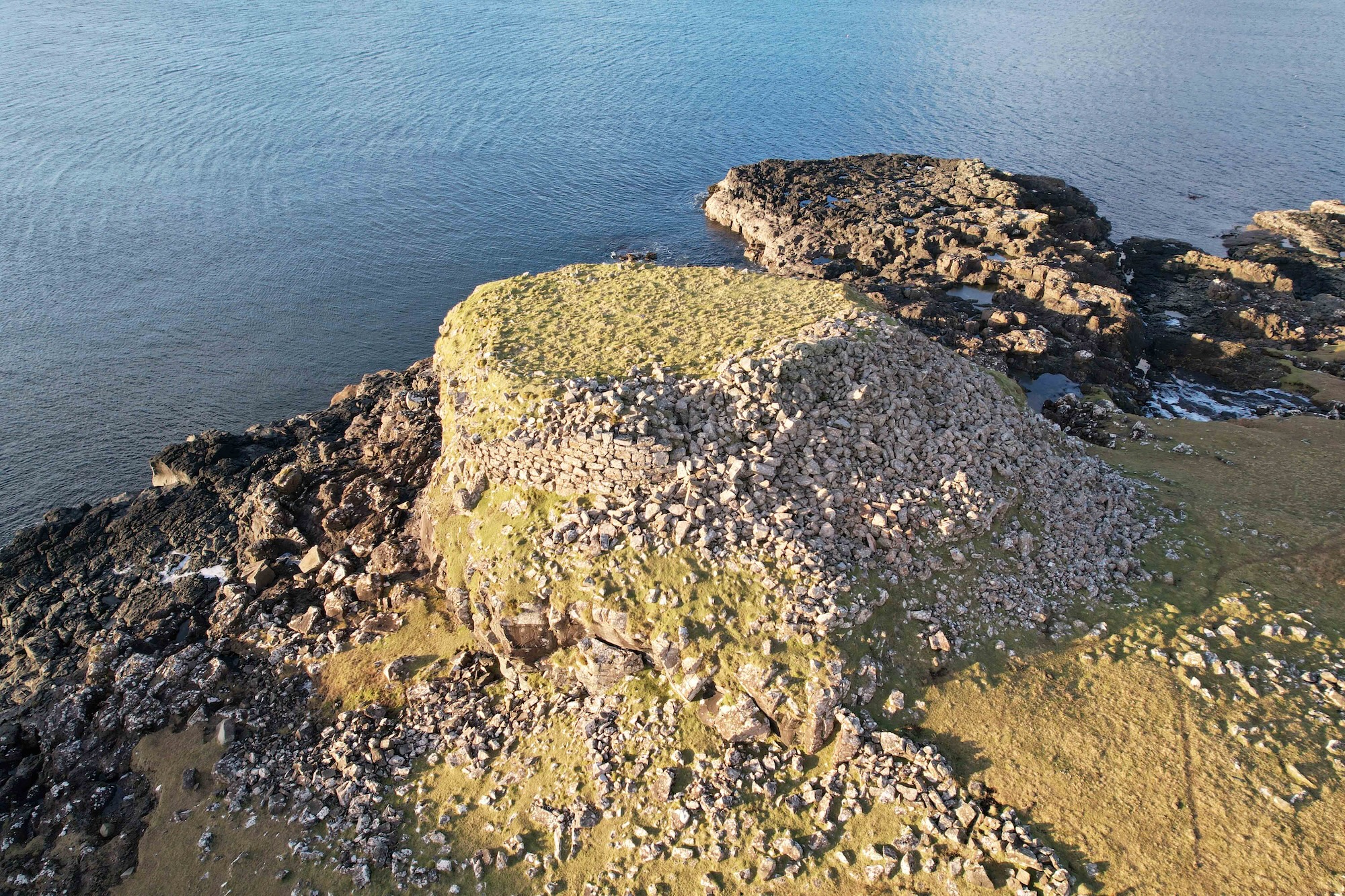
The huge drystone walls of Kraiknish Dun are more than three metres thick in places (credit: Forestry and Land Scotland)
FLS Archaeologist Matt Ritchie said: “The scheduling of Kraiknish Dun is recognition of not only its cultural significance but also the hard work of FLS staff and partners in undertaking a thorough archaeological record of the site.
“Archaeological investigation is an important activity on the land we manage. By furthering our knowledge of the many archaeological sites, historic structures and cultural landscapes in our care we can understand how best to protect, conserve and present them.
“We use an array of survey techniques, including low altitude aerial photography and state-of-the-art laser scanning technology to create amazingly detailed records. These can then be combined with traditional methods of excavation, conservation management and artistic reconstruction drawings.”
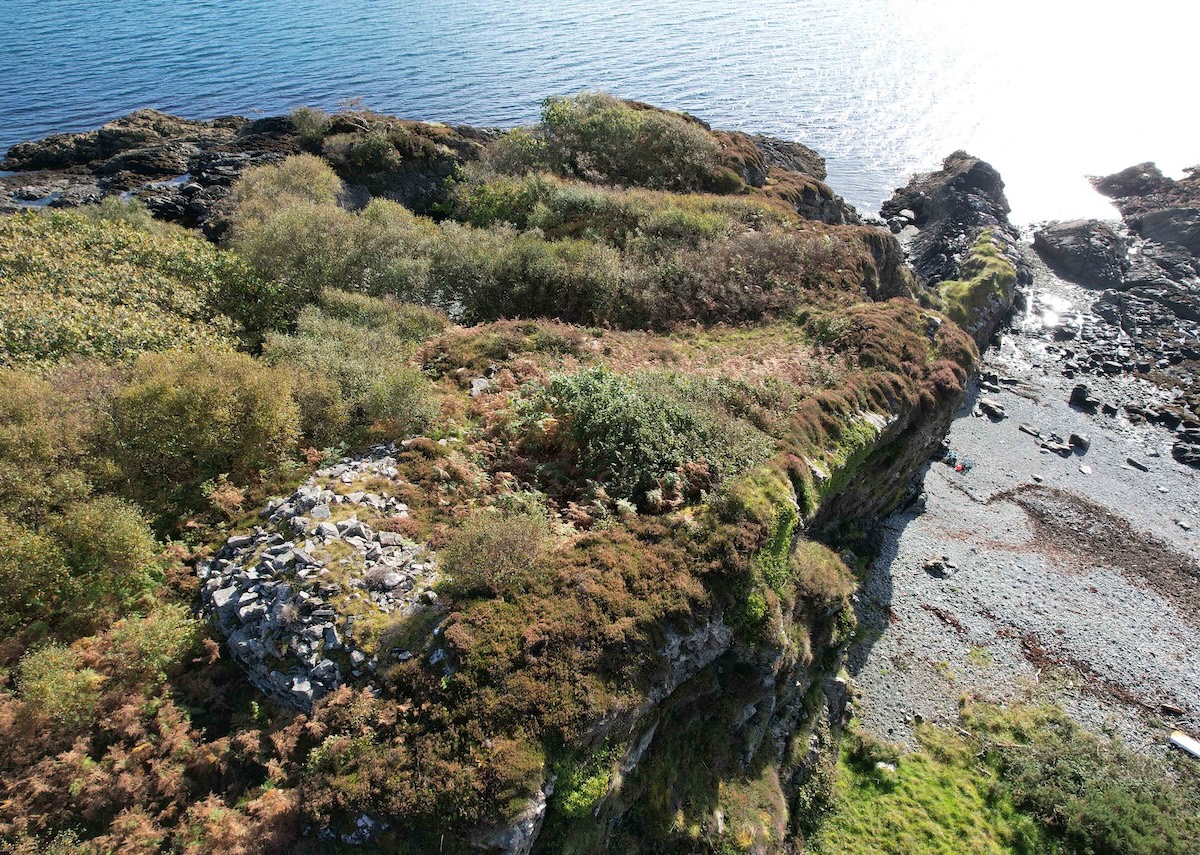
Rubha Guail fort is another Iron Age structure being considered for being put forward by FLS for heritage status (credit: Forestry and Land Scotland)
Kraiknish Dun is not the only important Iron Age site on Skye forming part of the review. FLS is also looking to secure scheduling for a ruined souterrain – an underground stone-lined cellar – and a promontory fort overlooking the Sound of Sleat.
Mr Ritchie said: “The west coast of Scotland is home to some of Europe’s best-preserved Celtic architecture. Our stone-built brochs and duns are part of an Iron Age settlement pattern of defended homesteads that both protected their occupants and demonstrated land ownership and tenure.
“They were usually built in places with good agricultural land, with relatively productive soils and sheltered conditions. The people who built them were productive and self-sufficient farmers, growing barley and rearing cattle and sheep.
“The story of these defended homesteads – secure and domestic, constructed by experienced builders, and commissioned by well-to-do productive households – is told in To Build a Broch: from construction to conservation.
“We are proud to look after several remarkable examples of these important aspects of our shared cultural heritage – and to protect, conserve and present them for the enjoyment and benefit of current and future generations.”


















